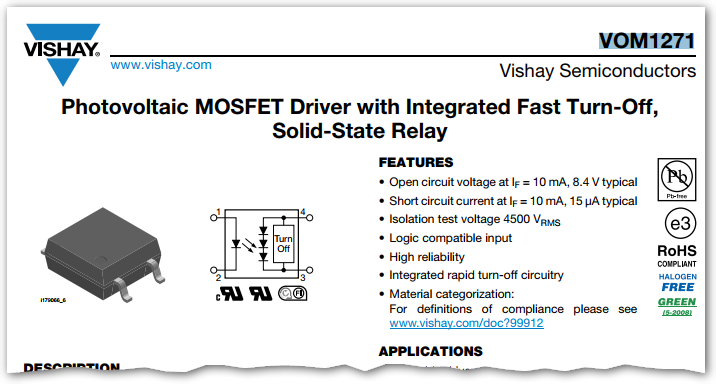I am trying to build a MOSFET based AC switching circuit, with multiple switching circuits running on the same DC power supply. Each switching circuit is basically an expanded solid state relay.
The MOSFETs are switching 240V 50Hz AC (UK Mains) at ~300mA (though the design should take up to 4A in theory).
Each switching circuit on it's own works exactly as intended but when placed together on the same +5/GND bus each circuit interacts with & partially activates the others.
My current theory is that some transient voltage is making it back through the circuit somewhere to the gates of MOSFETs that are meant to be off.
The best I can describe the symptom is that when switching circuit A is 'on' and switching circuit 'B' is off, the load connected to the switched live on circuit 'B' buzzes at 50Hz, I assume getting a half wave of AC power. One of the MOSFETs in circuit B also gets extremely hot implying flow either backwards through the diode or through the gate.
I've included the circuit diagram I'm working with, the opto isolators are controlled by an IC but I've simplified that side of the circuit to a connector as I've powered the optos with other means and still had the same problem.
Is there an obvious solution I'm missing? I feel like I'm doing something stupid. Any ideas how I could better isolate the gates from each other?
Some clarification of the circuit if you need:
- AC Live is attached to pin 1 of both P1 and P2
- Each switched live is attached to pin 2 of P1 and P2 seperately
- The dashed line is simply to clarify where the low voltage control circuit is isolated from the high voltage switching circuits.
- U1 is a 5V DC-DC isolator (ROE-0505S)
- The diodes D1 and D2 are my attempt to stop 240V mains making it from one circuit to another through the shared ground connection, removing them or replacing them with a large resistor makes no difference to the symptoms.



